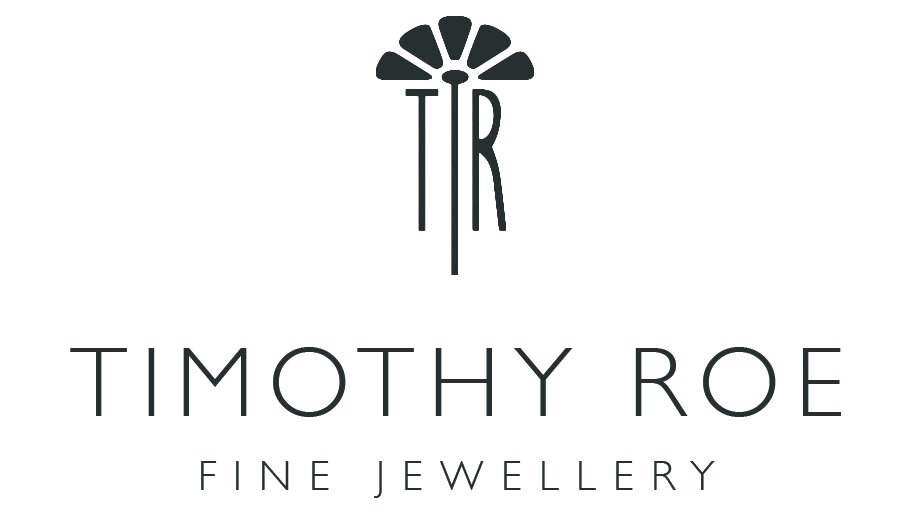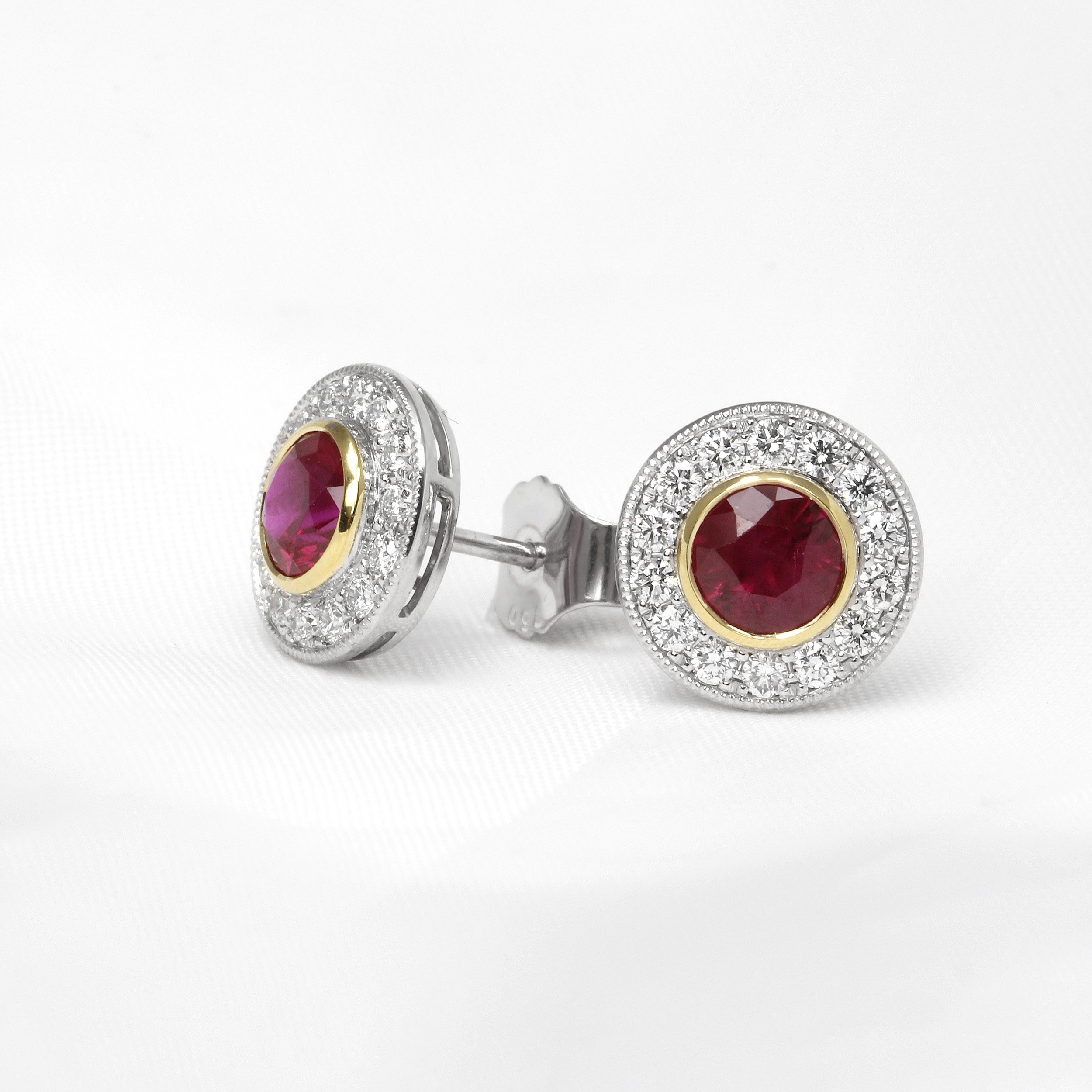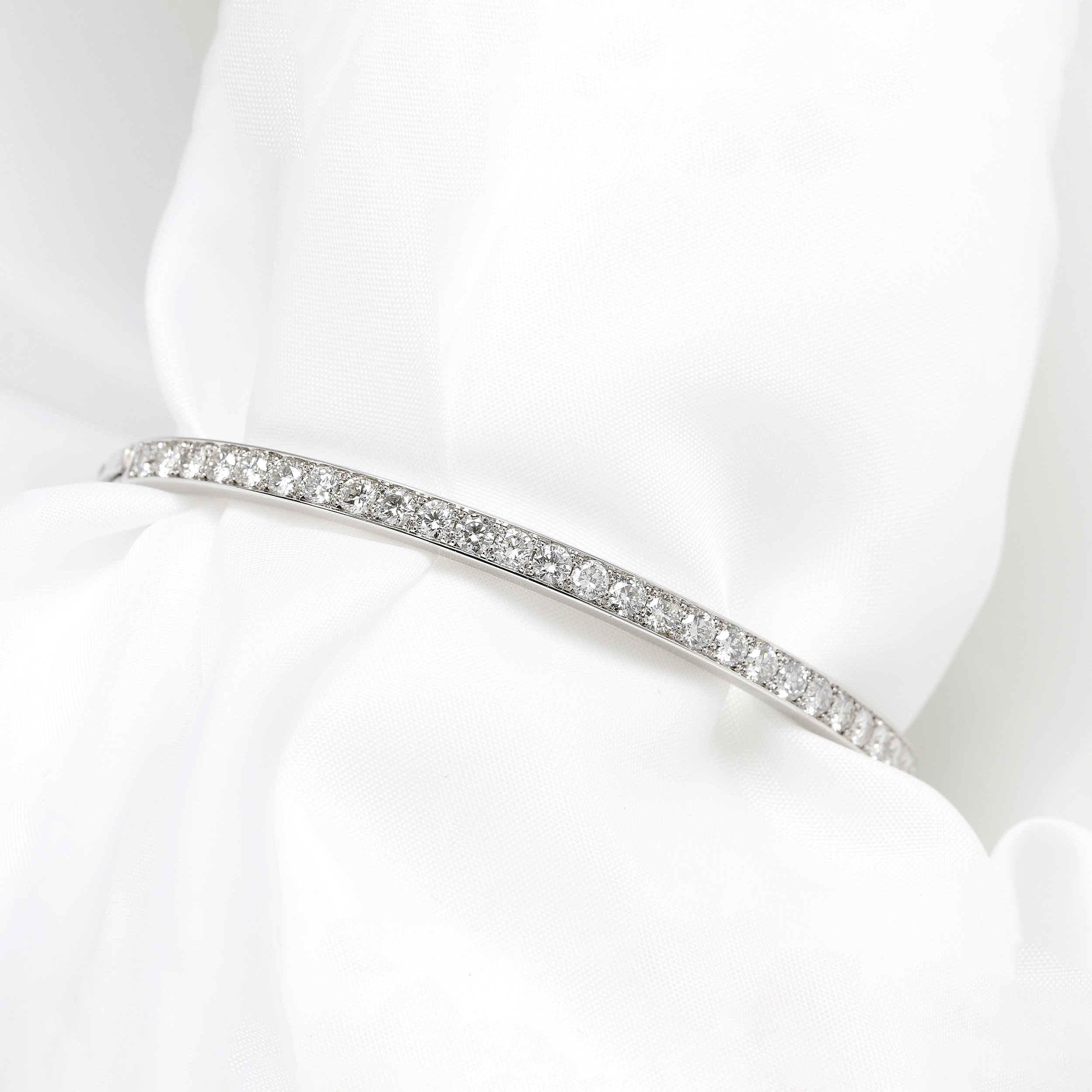The Mohs Hardness Scale Explained
Choosing the Right Gemstone: Why Hardness Matters
When selecting the perfect gemstone for jewellery, beauty is only part of the equation — durability is just as important. Not all gemstones are equally suited to every type of jewellery. For example, rings and bracelets, which endure frequent knocks and wear, require harder stones than earrings or pendants, which experience less contact.
Your lifestyle, job, and hobbies also play a crucial role in your gemstone choice. If you have an active lifestyle or hands-on job, such as a gardener, mechanic, or fitness enthusiast, you should avoid softer stones in rings. Meanwhile, a collector or someone with a desk-based role may enjoy a wider variety of options.
Matching the right stone to the right person ensures durability, satisfaction, and fewer repairs down the line. Understanding gemstone hardness helps both jewellers and buyers make smarter, more personalised decisions.
You’ve probably heard jewellers mention gemstone hardness ratings, phrases like “this stone is a 9 or 10 on the Mohs Hardness Scale”, and wondered what these numbers mean. In this article, we break it all down with relatable examples so you’ll understand not only what gemstone hardness is, but also why it matters when choosing jewellery.
What Is Durability in Gemstones?
When we talk about the durability of gemstones, we're referring to a combination of three key properties:
Hardness: The ability to resist scratching or to scratch other materials.
Toughness: The ability to withstand impact, pressure, or thermal shock (sudden changes in temperature). Toughness also relates to how and if a gemstone might cleave or fracture.
Stability: The ability to resist damage from water, chemicals, UV light, heat (such as from a jeweller’s torch), and other environmental factors.
Of these, hardness is often the most relevant for jewellery wearers, especially when it comes to pieces worn daily or exposed to frequent contact.
What is the Mohs Hardness Scale?
The Mohs Scale of Mineral Hardness is a relative scale created in 1812 by German mineralogist Friedrich Mohs. It ranks minerals from 1 (the softest) to 10 (the hardest) based on their ability to scratch one another. It doesn’t measure hardness in exact scientific units but uses a comparative approach: if one material can scratch another, it is considered harder.
Practical Applications of the Mohs Scale
Geology & Mineral Identification: Used in the field to identify unknown minerals.
Industrial Use: Helps in choosing materials for abrasives, cutting tools, and construction.
Jewellery: A gemstone’s hardness is crucial in determining its suitability for everyday wear and its resistance to scratches.
Mohs Hardness Pencils. These pencils tipped with different mineral materials are used to perform a scratch test on materials to determine the hardness of the surfaces. These are used in the field on rough crystals not faceted and polished stones.
The Mohs Hardness Scale of Gemstones
Here are the standard minerals of the Mohs scale, with commonly known gemstones and materials at each level:
Talc – Extremely soft; easily scratched by a fingernail. Used in talcum powder.
Gypsum – Includes amber and ivory. Can also be scratched by a fingernail.
Calcite – Includes pearl and coral. Scratched by a copper coin.
Fluorite – Includes malachite and rhodochrosite.
Apatite – Includes hematite, lapis lazuli, turquoise. Can be scratched by a steel knife. (For reference: human bone, teeth, window glass, and standard glass all rank around 5.)
Orthoclase Feldspar – Includes moonstone, opal, demantoid garnet, nephrite jade, peridot, tanzanite, jasper, chalcedony, carnelian, agate, bloodstone, and onyx. These stones can scratch glass. For comparison, a steel blade also ranks 6.
Quartz – Quite durable. Includes amethyst, citrine, iolite, tourmaline, jadeite jade, most garnets, zircon, emerald, aquamarine, morganite, and heliodor. (Interestingly, common dust also ranks 7, so wiping dust off softer stones like opals or tanzanites can actually cause scratches.)
Topaz – Harder than most minerals. Also includes spinel, chrysoberyl, and alexandrite.
Corundum – Includes sapphire and ruby, as well as synthetic moissanite.
Diamond – Diamond’s hardness on the Mohs Scale is 10, as it is the hardest known natural material. Only a diamond can scratch another diamond.
Why is Gemstone Durability Important for Jewellers?
Knowing and understanding the way a gemstone can cleave, plane, fracture or be affected by shocks, chemicals, light and heat will prevent accidental damage in the workshop. It means jewellers and goldsmiths know how to safely clean and how to securely set the stones as well without irreversibly damaging or weakening the material. This education means beautiful stones are not wasted or destroyed due to ignorance. It allows jewellers to build a credible reputation and show their expertise in carefully selecting appropriate gems and educating their consumers on after-care which in turn helps retain loyal customers and attract new ones. It leads to better workshop efficiency including more informed and empowered decision-making, fewer mistakes which might become costly especially if a remake of the item is needed. It is about maintaining customer trust, preventing loss and disappointment and ensuring quality.
How Mohs Scale of Hardness Can Help You Choose Jewellery
Rings & Bracelets: These pieces are frequently knocked or rubbed against surfaces. Choose stones rated 7 and above (like quartz, topaz, sapphire, and diamond) to minimise wear.
Earrings & Pendants: Less exposed to direct contact, these can safely feature softer stones like opal, turquoise, or apatite, especially if the wearer is gentle with their jewellery.
Lifestyle Considerations: Active individuals or those with hands-on jobs should avoid softer stones for daily rings or bracelets. Harder stones will stand up to their lifestyle better.
Everyday Jewellery: These pieces benefit from tougher materials to withstand knocks and frequent handling. Aim for gemstones higher on the scale to reduce the risk of damage.
A Note on the Scale’s Limitations
It’s important to remember that the Mohs scale is not linear; the difference in hardness between corundum (9) and diamond (10) is much greater than between gypsum (2) and calcite (3). For precise scientific purposes, hardness is measured using more detailed systems like the Vickers or Rockwell tests.
Final Thoughts
Jewellery isn’t just about the sparkle — practicality matters too. The Mohs Hardness Scale is a helpful guide for choosing a gem that not only looks stunning but also suits the wearer’s lifestyle and the piece’s intended use.
Whether you're selecting an heirloom ring, designing a bespoke piece, or picking out a gift for someone with an active lifestyle, understanding gemstone hardness helps you choose the right stone for the right person and the right purpose.
Visit us for a free consultation. Our experts at Timothy Roe Fine Jewellery have experience, knowledge and training and will guide you through which gemstone is the right one for you and answer any questions you may have. Trust us, we know our gems!








